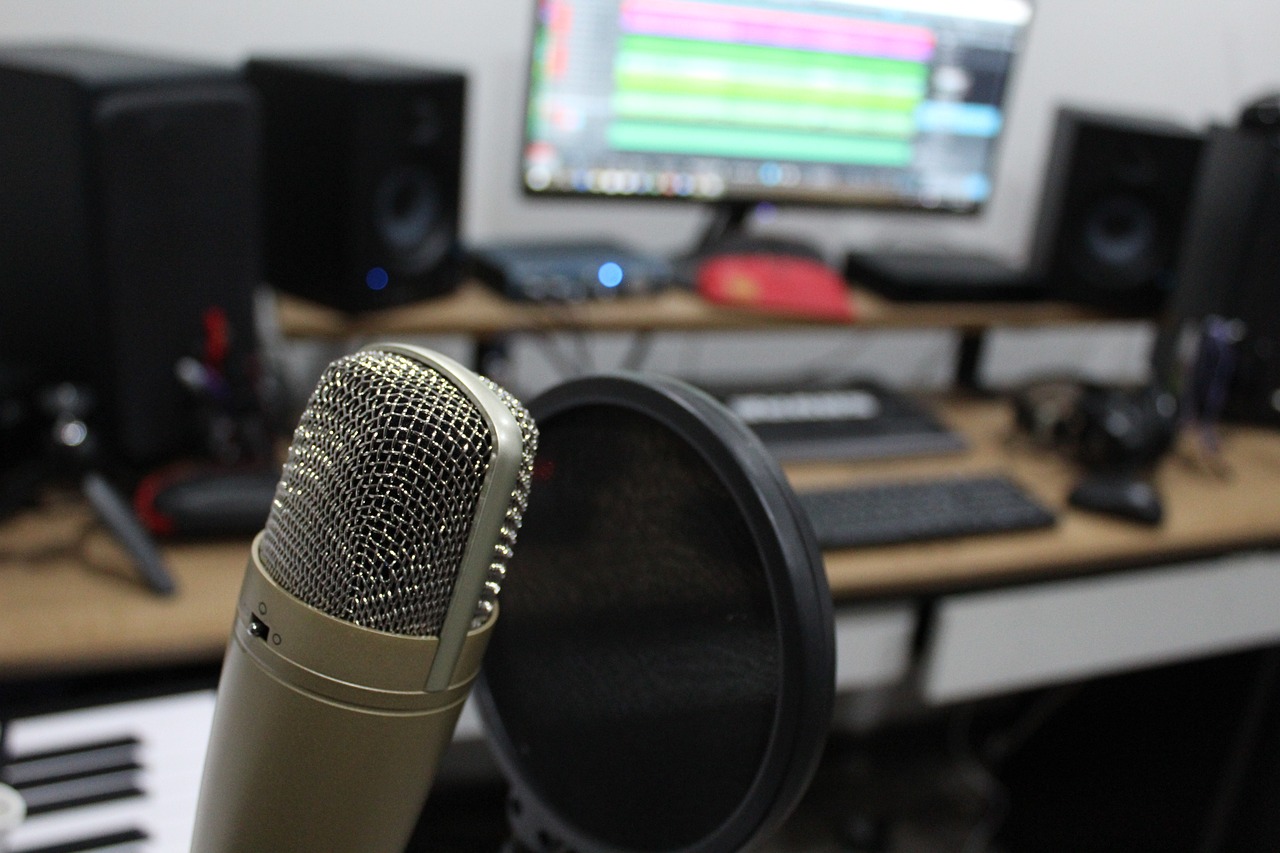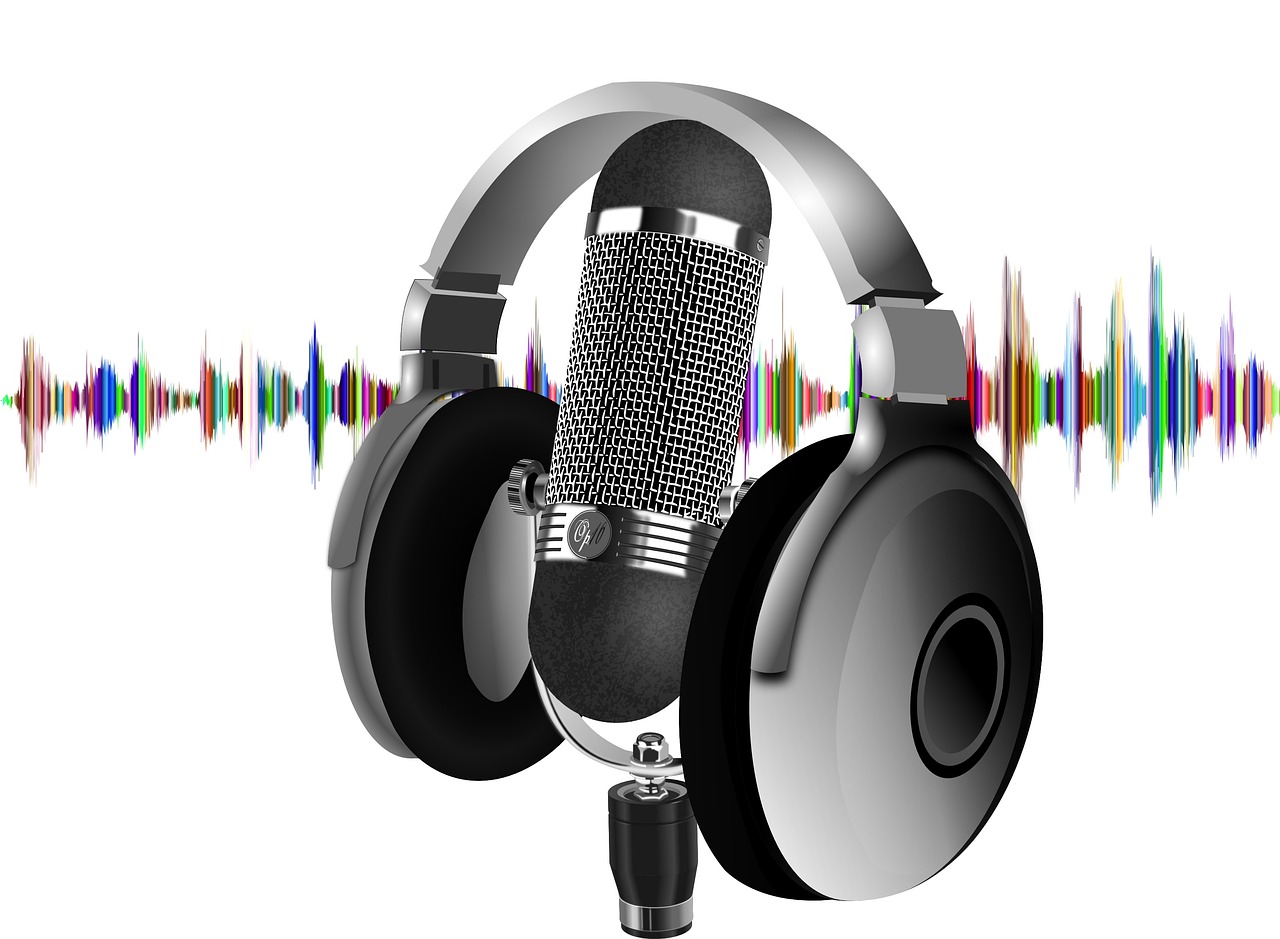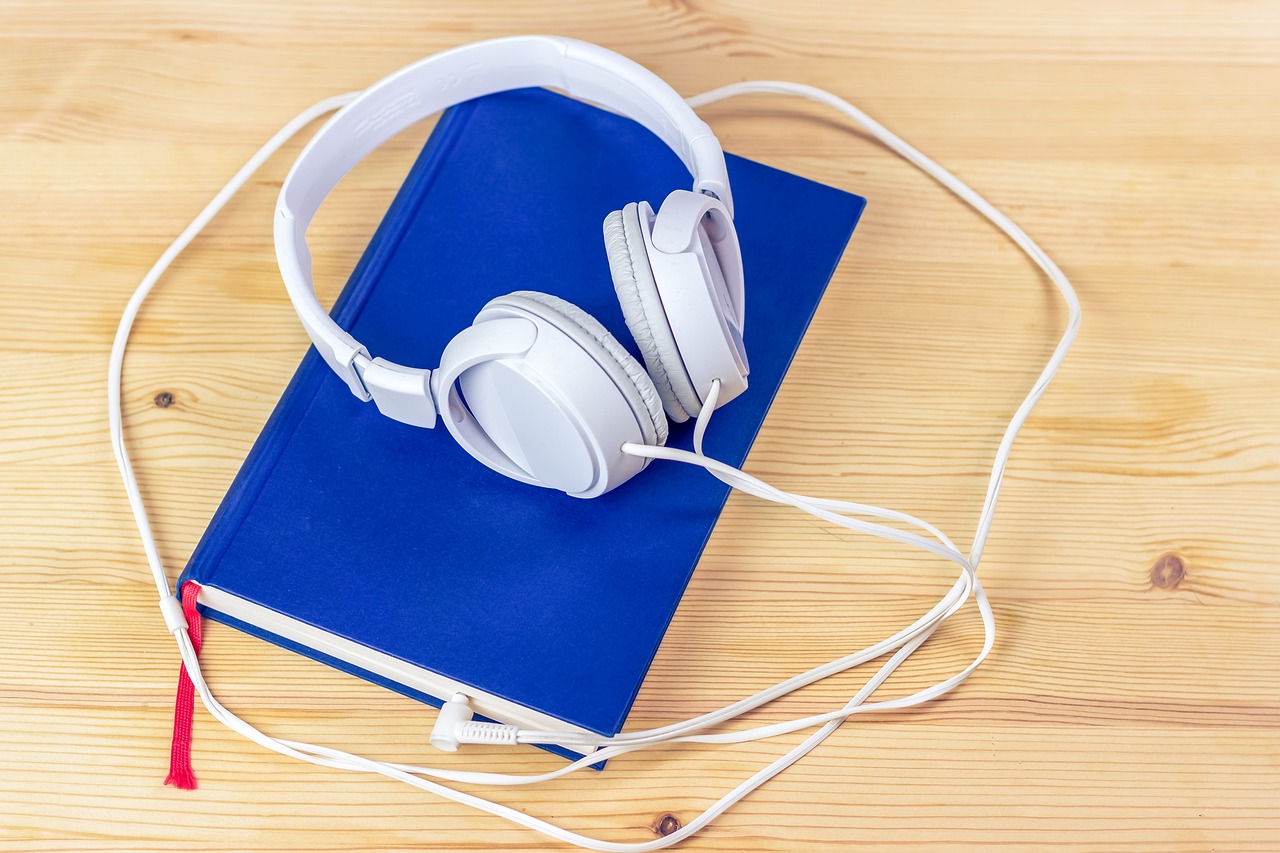Editing for Audiobook Readiness: Key Considerations for Audiobook Authors
Audiobooks are a great alternative to print books, but how do you make one? In this article, we go through the main parts of the audiobook production process and look at the best practices and key considerations for audiobook editing.
Audiobook Production Process
So, just what exactly goes into audiobook production? There are a lot of different aspects that go into it, but let's look at four key stages for audiobook preparation and production:
- Scripting
- Casting
- Recording
- Editing
Scripting
You may have already written a book and published it as either a print or eBook, and you are now looking to turn it into an audiobook. So, all you need to do is hand over the book to someone, put them in front of a mic, and get them to read, right? Well, it's not all that simple. There are various things that you have to think about if the manuscript that you are writing is going to be heard rather than read (and remember, the customers who buy your audiobook will be hearing it and not reading it). So, even if you have already written something for print, you will likely need to adjust it for audiobook production.
The key thing to get your head around is that your manuscript is now a script for someone to read and act out. So, when preparing your manuscript for audiobook recording, make sure every sentence is easy to actually say out loud. This is where punctuation is key. Make use of commas and periods when your narrator will need to take a pause or stop.
Generally, a comma is for a quick pause, while a period is when the narrator needs to stop.
You also need to ensure that everything in the script is what you want to read out. Writing a nonfiction book may require you to reword many of your references so that they sound natural when read aloud. After all, you don't want your narrator to quote someone and then add, "Smith, J., 2019..." To get around this, you may write it like "John Smith said in 2019..." to make it seem more appealing to the ear.
Generally, for scripting, it's better to not have unnecessarily long, winding sentences. If something can be said simply, then say it simply. Always read your script out loud to see how it sounds.
Casting
So, you've prepared your manuscript for audiobook recording; now you need the right voice. Take the time to ask yourself what you want your book to sound like. Do you want it to be read by a male or female? Do you want an American accent? Do you want someone with a big, strong, loud voice or a more quiet, soft tone? These are all things to think about when you are putting together your casting notice.
Narration and voice-over work is very competitive, so you will likely get a lot of people wanting to do a voice for your book. It's important you give them a good-quality sample from your script (even if it's not a final draft). Sometimes, people think they can just let the voice-over artist send in any clip, but that's not the way to go in the audiobook production process. For one thing, you are making the job of the voice-over artists a lot harder as they won't know exactly what you are looking for, so the sample they give you probably won't be the best they could provide for the job. As well as this, you won't really be able to see how well-suited they are for voicing your work. Take the time to carefully choose a sample script to give those auditioning so you can better judge their suitability.
If you're doing a fiction book, you might have lots of characters and different voices. If you have multiple actors, it's important that they all have the same final version of the script. Generally, it's better to have a different voice for the narrator, so it's easier for the listener to distinguish action and description from dialogue.
Recording
A long and strenuous part of audiobook production is the actual recording. You will probably need to get re-recordings at some point throughout the process. It's vital that the recording be of a high standard. When you come to the editing stage, you want to be working with excellent-quality audio because a key consideration for audiobook editing is the sound quality of the original recording. The narrator or actors should be using uni-directional mics and be somewhere with limited background noise.

Audiobook Editing
It's likely that the editing and recording stages won't be entirely separate, as you may have to go between doing both. In terms of key considerations for audiobook editing, you're looking for an audio file that is consistent in volume and sound quality. Make sure you normalize each track and apply a compressor when you are exporting. It's worth using good software. Audition is free software that has all the necessary tools for recording and editing good-quality audio.
You also need to make sure that the pieces of audio are in the right order and lead into each other. Listen back to each piece of audio and label them correctly so you know what order to put them in.
By the end of all the hard work that goes into audiobook preparation and production, you'll probably be eager to send your work off and go for a lie-down. But wait! Before you send it, you or someone you trust should listen to the whole thing and make sure it is absolutely perfect. You've written an amazing book, so take the time to make sure it sounds as good as it can!
Audiobook Editing Best Practices
So editing, how does that work? Here are 10 crucial best practices for editing in the audiobook production process:

- Know the requirements: There are some basic things that every audiobook needs to have, such as good-quality audio, obviously! At the same time, there are certain things you can be more liberal with and maybe decide to get creative with, for example, the number of voices involved. But you, as the author, aren't the only one who gets to make decisions. Depending on where you want to distribute your audiobook, there can be different standards it has to meet. Some distributors, such as Amazon, need you to meet Audiobook Creation Exchange (ACX) requirements, for example (ACX is actually a commonly held standard across the board, so it's good to get used to that one). These standards and requirements can vary across different distributors, so make sure you learn what each outlet is looking for. You don't want to go through the trouble of creating a well-edited book only to find out you aren't eligible to sell it in your desired place due to a technicality.
- Save your work: Remember what your college lecturers always told you—save all your work. And we really mean everything! Until you are completely finished with your book and it has been accepted and published by distributors, you want to keep all your files. This means saving the original unedited recordings (no matter how many there are) and every editing session. By the end, you will have a ton of files, so make sure you have a good system. Label them properly and put them in a folder. One benefit of keeping lots of saved files is that if you want to experiment with a new editing cut, you still have the original.
- Get feedback: If you are listening to your own work hundreds of times over, you'll eventually stop being able to tell whether or not it even makes sense! A particular issue is that since you wrote the manuscript and have listened to it multiple times, you will start to miss out on little details like words being mispronounced and additional filler like "eh, uhm." Take a step back and let somebody else listen to various sections to ensure the quality is good throughout and your book sounds the best it can be.
- Plug in the headphones: You may think you can hear everything out of your laptop's speaker, but there are subtle noises you'll only pick up if you are wearing headphones. One way to think about it is that you should edit it the same way it will be listened to; your listeners are going to be wearing headphones and will hear every little noise that comes through in your audiobook. By using headphones, you can make sure you have a good, consistent quality of audio with no distracting noises.
- Reduction: Speaking of distracting noises, there could, at some point, be some annoying background sound that takes away from the actual meaningful content of your book. It could be as simple as someone tapping the desk, rattling a microphone cable, pressing a button, or even just giving feedback. Ideally, your audio will have been recorded in as quiet a place as possible (preferably a studio), but you may still find yourself with a little sound that's out of place. You can do noise reduction through most audio editing software by getting the profile of the noise and reducing it. This way, you don't have to turn down the whole volume of a section of audio just to get rid of one little sound.
- Meaningful background: This might sound a little bit contrary to what we were just saying about not wanting annoying background noise, but you do actually need something in the background! There will be natural gaps and stops in the content of your book, such as between chapters. To make your book sound professional, you should record a track just in an empty room to put underneath those moments. It's an old film trick and really does make a difference (it's very noticeable if it's not there!). Depending on the type of book you are putting together, you may have other background noise, sound effects, and music, but you want to make sure there is no empty space.
- Take notes: While editing, it's a good idea to have a pen and paper beside you. You may notice bits of audio you want recorded or get ideas as you go through for sound effects to use. The issue is that you have so much audio that it'll be hard to remember everything. Take note of any issues with audio as you listen to it, and write down any ideas you get. It's very important to take note of the time in the clip or session your notes are related to—to make it easier to find when you return to your work.
- Fade up and down: You know how annoying it is when you're watching TV or listening to the radio during an ad break, and suddenly the volume jumps from really low to really high. You don't want this to happen with your book. Make sure every piece of audio has a slight fade-up at the start and a slight fade-down at the end. By doing this, you allow your listeners to adjust to the new sound. You can also use crossfading to allow two clips to run into each other in a more seamless way.
- Get to know the editing software: Whether you're using free-license software like Audacity or a subscription-based package like Adobe Audition, familiarize yourself with what you are working on. Get to know how to add and move tracks and apply different effects. This will make your editing experience much smoother. You can usually find tutorials on using editing software on YouTube.
- Use MP3: Make all your files MP3. Why? Well, they are the best quality and are universally received by different players. When exporting a file, always make sure it is set to MP3; otherwise, you will likely end up having to convert it later anyway.

And as a final key consideration for audiobook editing, the quality of the finished piece will be significantly better if the original audio was recorded to a good standard. Make sure whoever is doing the voice-over uses a good-quality uni-directional mic, speaks clearly, and is recording in a good environment. When it comes to the audiobook production process, there's no fix for badly recorded audio, so make sure the recording is perfect to begin with.
In Summary
Audiobook production has a lot of different aspects to it, and one very important part of putting your masterpiece together is following audiobook editing best practices. Perfect the art of audiobook editing, and you will have a book that sounds as great as it reads!










